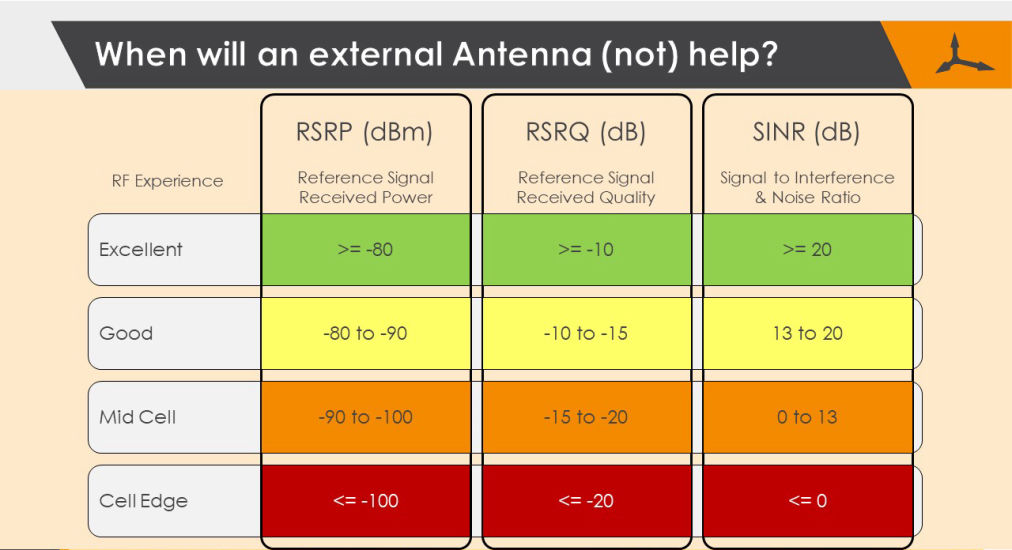
When it comes to deploying a suitable antenna, the gain is one of the most critical parameters. Selecting an antenna with high gain is essential, but there is a fine line between too much gain and little gain. With too much gain, the rolling of a vessel can cause the radiation pattern to go above and below the cell tower, similar to when a mobile vehicle is in a hilly environment. If the gain is too little, the vessel or vehicle may be out of range from the tower.
Choosing the suitable antenna requires looking into many factors such as its gain, pattern, efficiency, and even housing design. Especially for outdoor and mobile applications, housing design is often a determinant factor. But it can be very confusing & technical.
Antenna performance is critical for any wireless connection, hence your bottom line. The consequential costs of communications failure are much larger than the cost of the antenna. The cost of installation alone often exceeds antenna price (due to recalls & reinstalls).
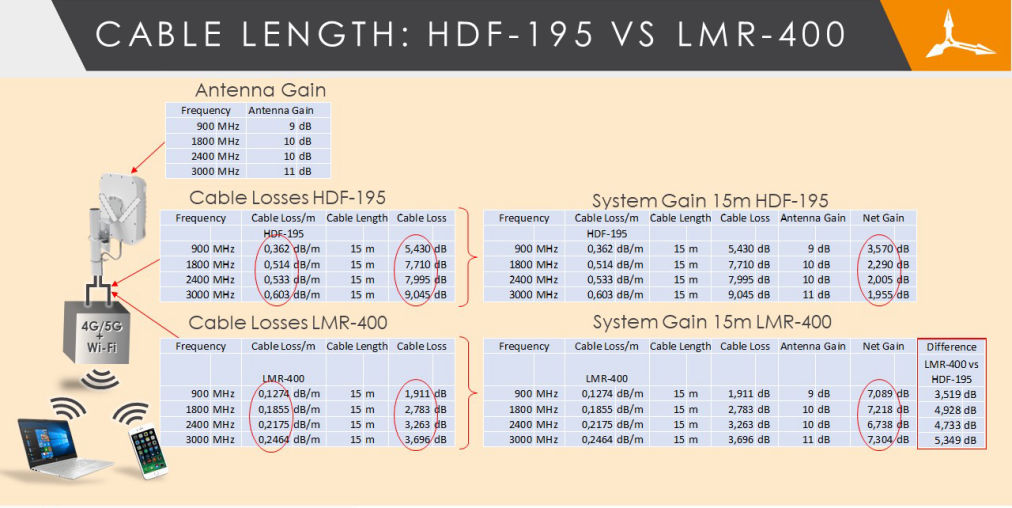
Frequently Asked Questions
It is essential to check the specifications of the UE beyond its LTE capability. If your mobile phone is CAT-18 capable, and you are prepared to pay for a similar grade router, this will be ideal. However, the performance of a CAT-4 router cannot be compared to the above-mentioned CAT-18 mobile phone, but implementing an external Poynting antenna can enhance the situation for the user.
If the router does support 4×4 MIMO with two internal router antennas and two external antennas, then an external antenna will be even more beneficial. It is possible when connecting the two external ports that the 4×4 MIMO is downgraded to 2×2 MIMO. Still, it is also possible that they continue to use 4×4 MIMO with two internal antennas and two external antennas.
Here are some of the reasons you might be experiencing a worse performance after connecting an external antenna:
Internal / External Antenna Selection: Some routers can choose between an ‘Internal’ and the ‘External’ antenna. When connecting an external antenna, it is essential to check this option is set correctly in the GUI settings. If this option is selected incorrectly, then the router will not gain any benefit from the external antenna.
Damaged coax cables: Coaxial cables have different bend radius specifications which need to be observed and used during implementation. When a coax cable is bent or compressed, the inner materials may become damaged and affect the wireless system's performance. Damaged coax cannot always be seen from the exterior and must be tested to confirm its performance.
Incorrect impedance coax cable: When the incorrect impedance specification is used, this will cause a mismatch between the antenna and the radio of the router, which in turn may negatively affect the wireless system performance. It is crucial to ensure that the same impedance is used for the whole system, e.g., using a 50 Ohm antenna with a 50 Ohm coaxial cable with the 50 Ohm router or radio is necessary.
Waterproofing connectors: Please also check that the connectors are protected from water ingress. Connectors exposed to water, even moisture, are known to suck water into the coax cable as the temperature fluctuations cause the cable to expand and contract through the day. Therefore, the connectors must be adequately sealed (or installed in a waterproof area).
Antenna alignment: When using a uni-directional antenna (aka directional antenna), the alignment to the best base station is of utmost importance.
Installation obstructions: Installing an antenna with obstacles (trees, buildings, etc.) very near the antenna may cause the antenna signal to be obstructed. Although Line-of-Sight (LOS) is not always needed between the base station and the customer antenna, it is best to install the antenna to benefit from the minor obstructions possible. For more information, see our webinar titled Factors affecting your #RF experience on this topic.
RPSMA connectors: An RPSMA connector is often mistaken for an SMA connector and vice versa. (RPSMA connectors are typically reserved for Wi-Fi applications). We occasionally find customers connecting an RPSMA to an SMA connector; these connectors are partially compatible from a mechanical perspective but not electrically. Please ensure that the connectors are checked for this easy mistake.
No. Line of sight (LOS) is always desirable but not a critical requirement to establishing good performance. Using a fixed outdoor antenna improves performance and reliability for 3G/4G LTE even though line of site is not available. Check your service provider’s coverage map, to see if you fall within the coverage area. If you happen to be outside the covered area, often an antenna solution will still allow for a reliable and stable connection.
The maximum extension that may be added to the standard length of cable supplied with an antenna is 10 meters. Extensions are available in standard lengths of 5 and 10 meters. Longer extensions are possible, but such an extension must be installed by a qualified technician. A shorter cable has less losses and therefore is desirable. The advantage of having an outdoor antenna generally diminishes if the cable length becomes excessive.
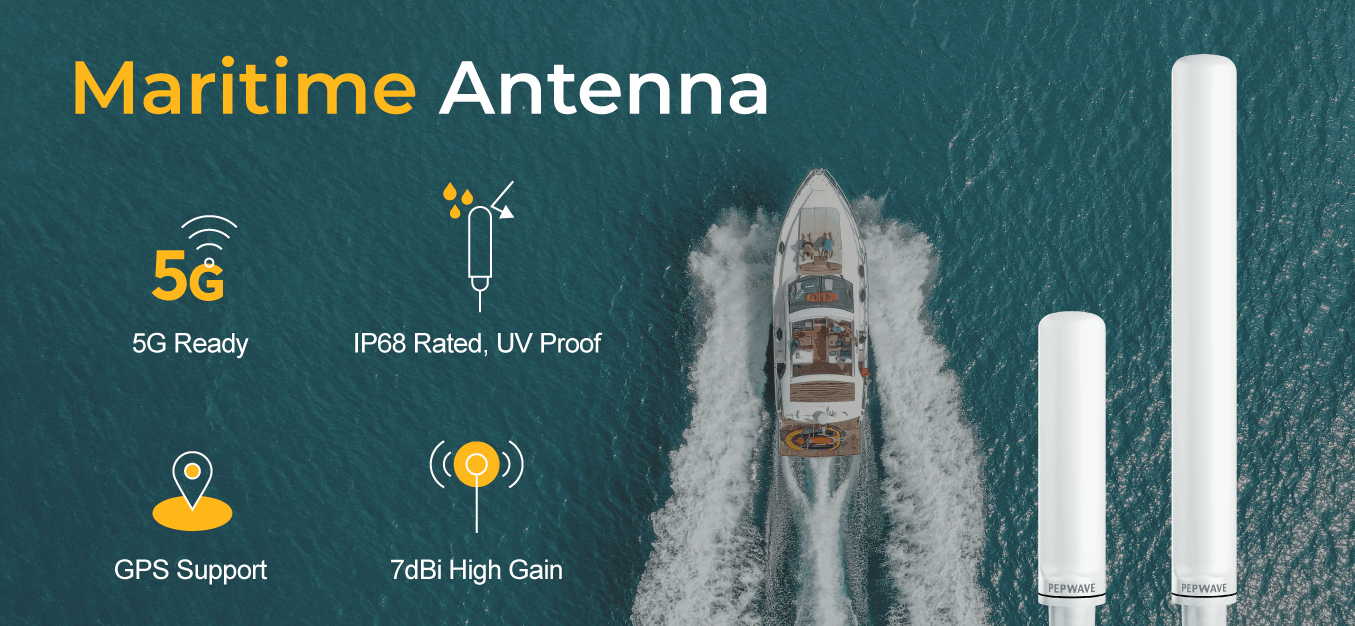


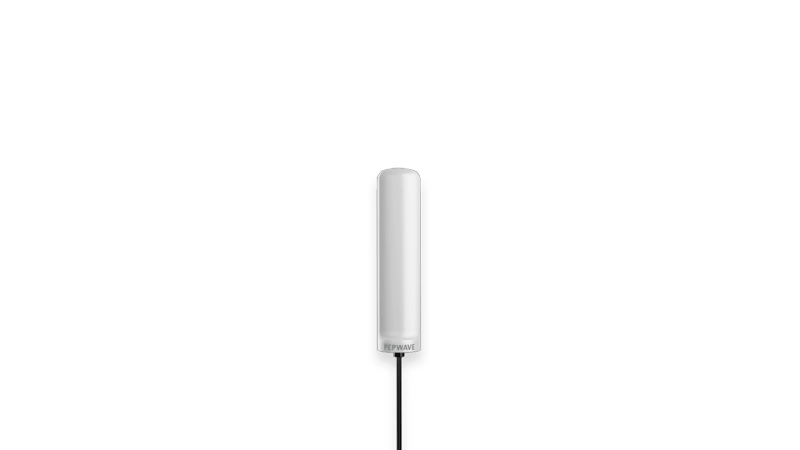
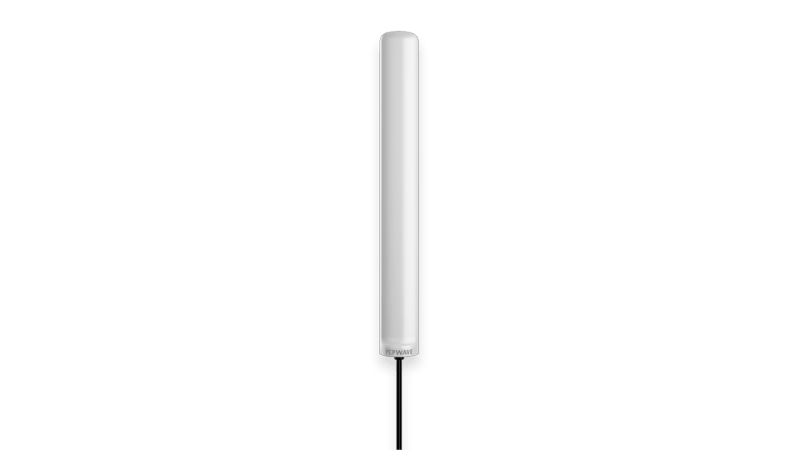
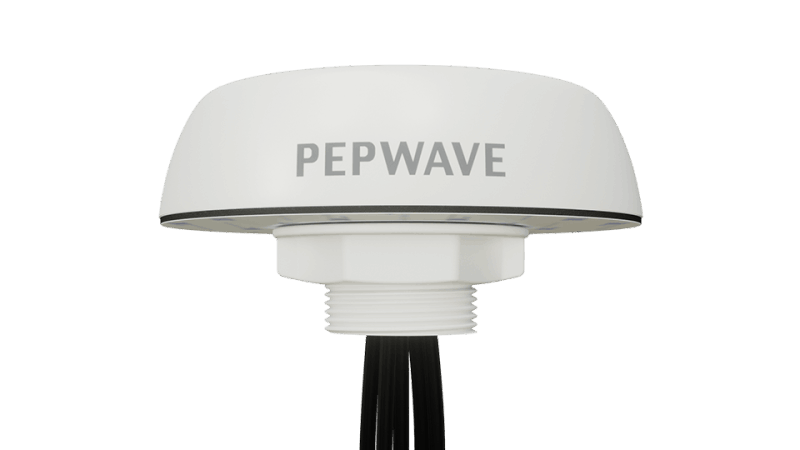
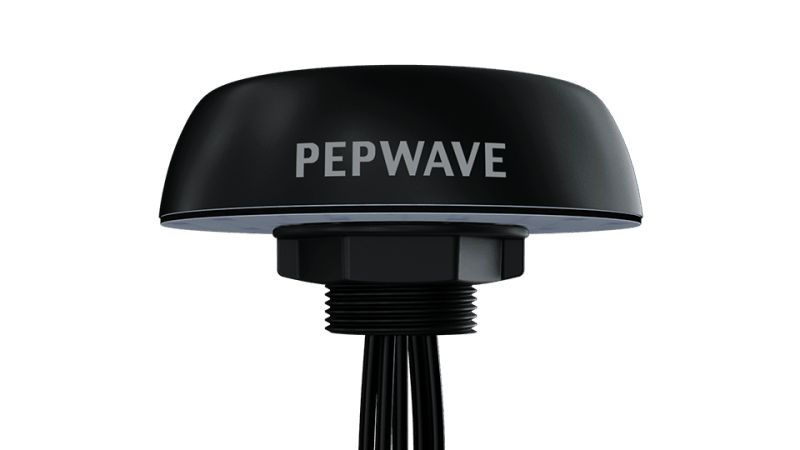

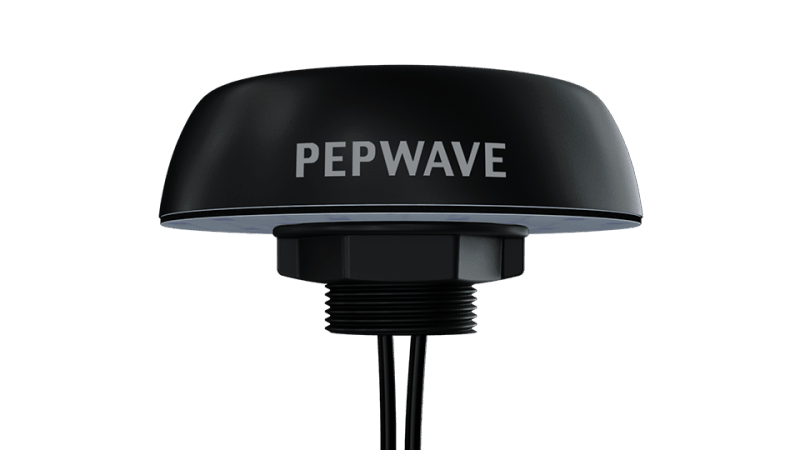

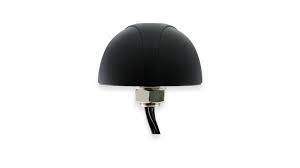
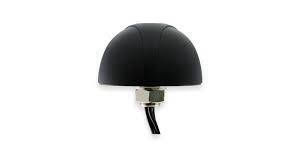
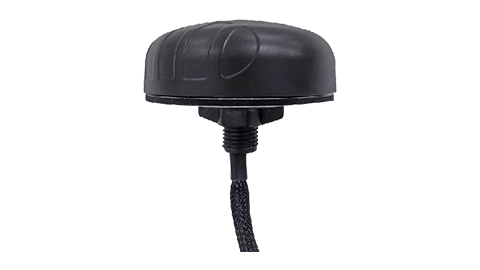
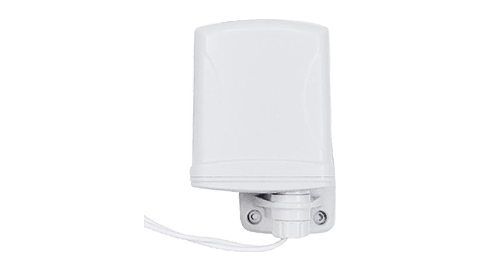


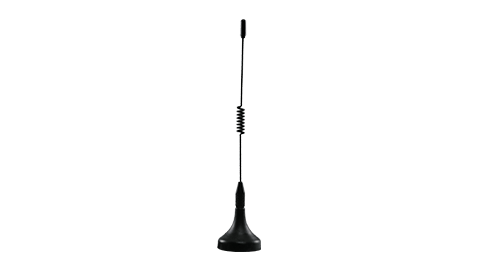
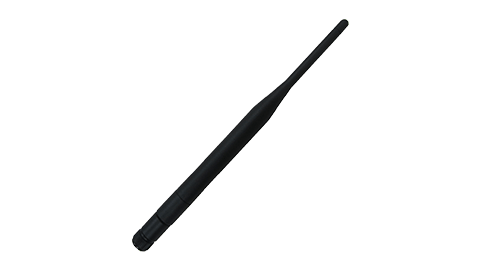
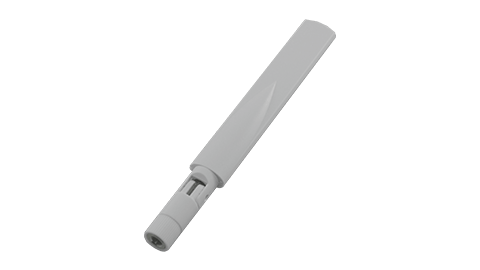

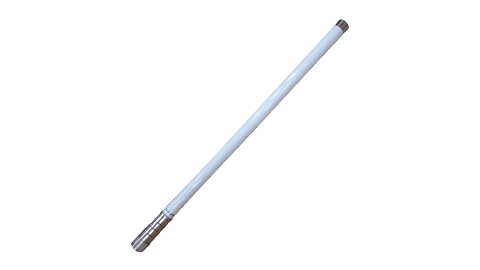
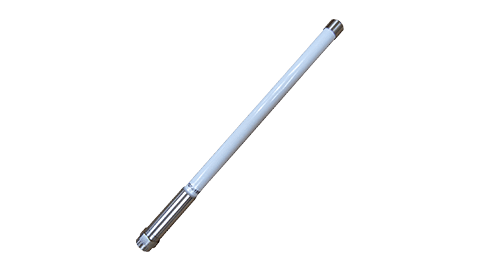
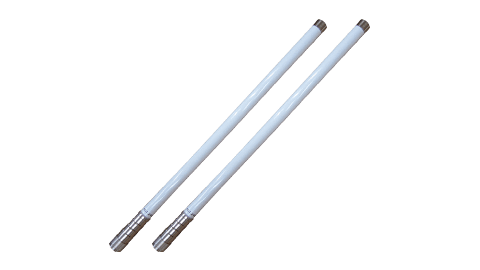
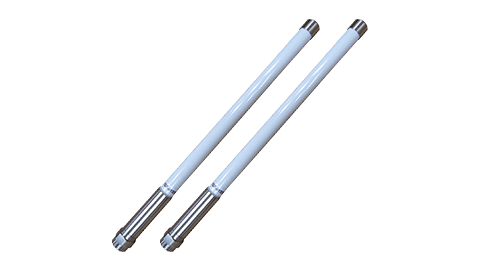


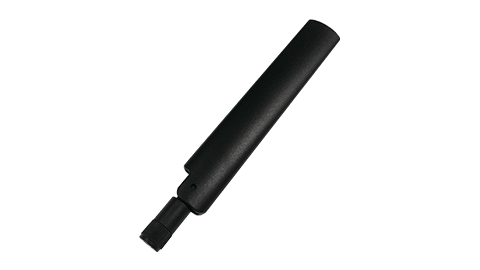
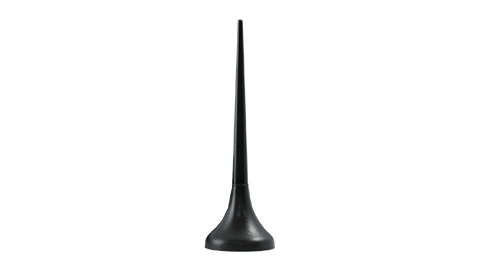
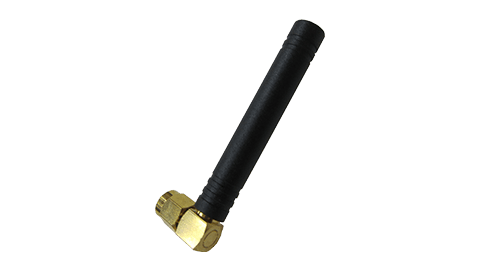

Check the Poynting Datasheets
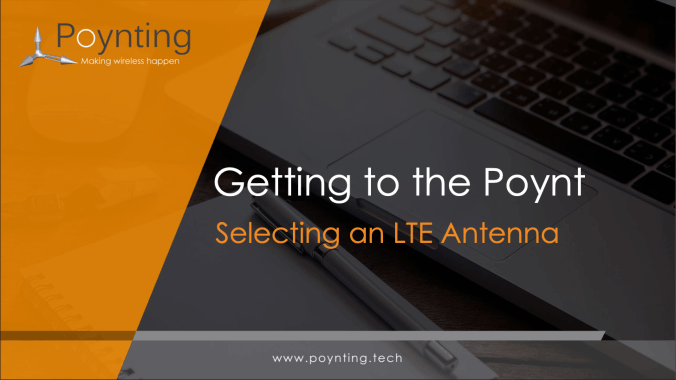
Webinar 7 Selecting an LTE Antenna

How can we help you today?
We are just a click away ...